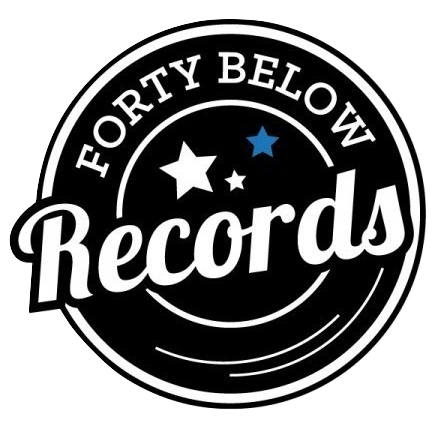John Mayall & The Bluesbreakers Make Top US Blues Albums
Perhaps it is just the cumulative effect of what this title represents as the third and last release in a series of similarly- designated editions, but a dramatic sense of history arises from mere perusal of the artwork adorning John Mayall & the Bluesbreakers' Live in 1967 -Volume Three.
The black and white graphic design is the antithesis of the kaleidoscopic color schemes permeating the psychedelia of the era. More significantly, however, it is a direct corollary to the audio quality of these recordings, including eight cuts recorded at four different London venues. The vintage sonics may also correlate not only to the house sound in the various rooms, but also to the antique likes of the roots recordings on which these musicians cut their teeth.
'The Godfather of British Blues' himself obtained the source tapes, which were then treated to sonic improvements courtesy co-producer & engineer Eric Corne, founder and head of the Forty Below record label upon which this significant archival piece has been issued. Originally captured on reel-to-reel tape, this content features Mayall in the company of the late guitarist Peter Green as well as the rhythm section which would ultimately go on to form Fleetwood Mac (and remain linchpins of its rotating lineups for over fifty years).
No matter the tempo, bassist John McVie and drummer Mick Fleetwood are commanding in their support of the foursome. The surety of their bond nurtures the abandon of the bandleader as singer and instrumentalist as well as Green in his various flights of fancy. These selections exemplify Mayall and the Bluesbreakers' devotion to their chosen idiom, not just as a means of personal expression, but an art form unto itself.
So, the songs, such as "Stand Back Baby," take precedence over extended group improvisation. The ensemble relegates that approach to the instrumentals "Greeny" and "The Stumble," both of which allow the successor to Eric Clapton to strut his stuff and then some; his tone is sharper and more emotional that his predecessor's, with a readily-discernible sting which further distinguishes his sound.
Still, it is not as if Green does not make judicious use of his spotlights elsewhere. He proffers pithy solos such as the one on "Brand New Start" that inform the performance with passion while simultaneously serving the composition itself. By extension too, the guitarist honors the composer(s) here, whether that is Mayall himself (on his three originals), an icon such as Otis Rush ("Double Trouble") or Mayall's self-professed idol J.B. Lenoir ('Talk To Your Daughter").
Notwithstanding the editing of the source material for the purposes of release, the rapturous greeting at the outset of the performances, and the equally cacophonous acclamation at the end, bespeak the growing blues community in England at the time. The chasm between 'flower power' and the 'Beatlemania' that preceded and coincided with Britain's (re)discovery of the elemental American musical genre belies both the short and long-term commitment of Mayall and company.
Not surprisingly then, the restrained ferocity with which the quartet plays on Live in 1967 -Volume Three suggests how personally these musicians take this music. Accordingly, they sound more than a little eager to validate their allegiance, not just to the genre they so admire, but also to its esteemed progenitors.
